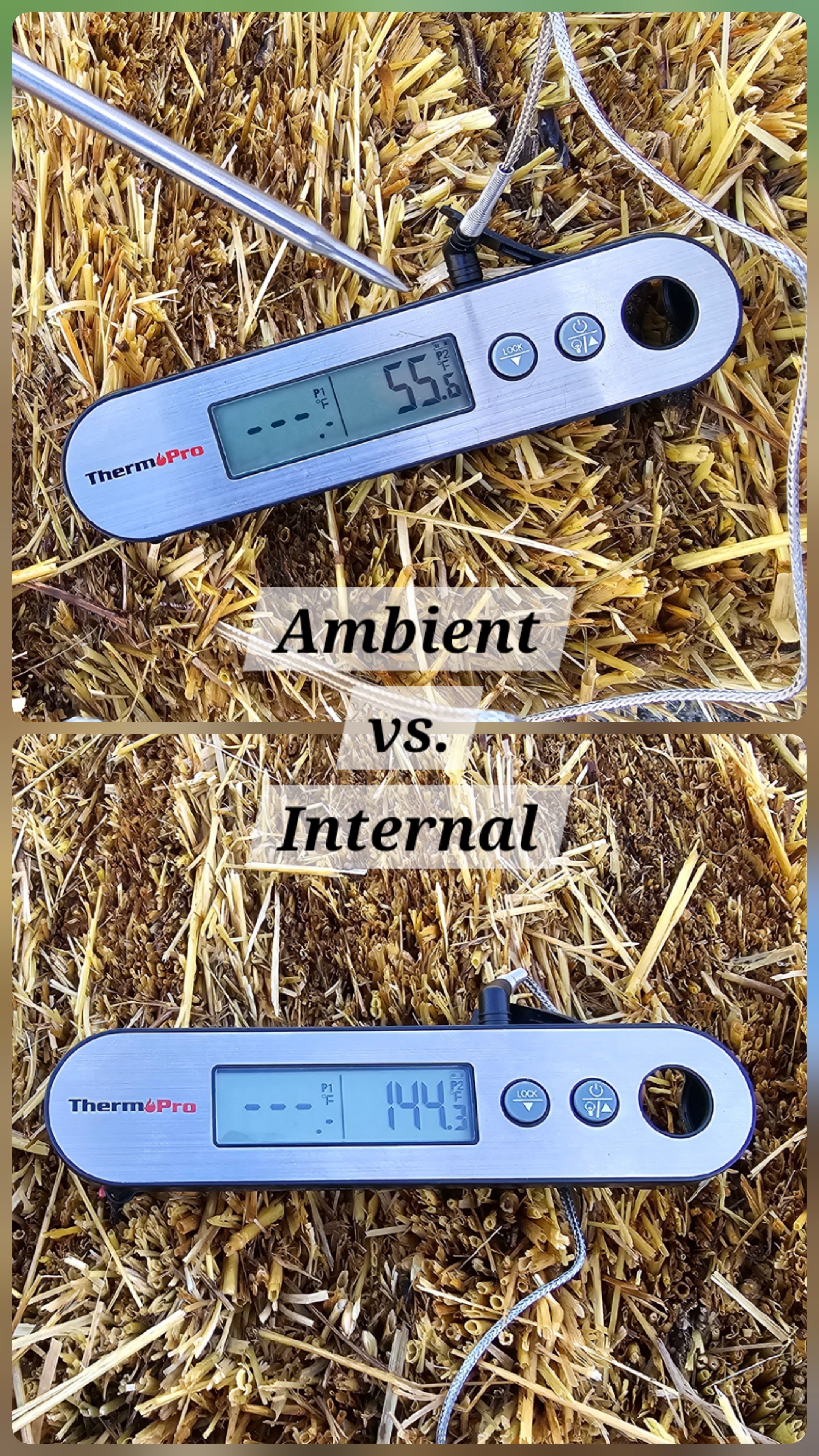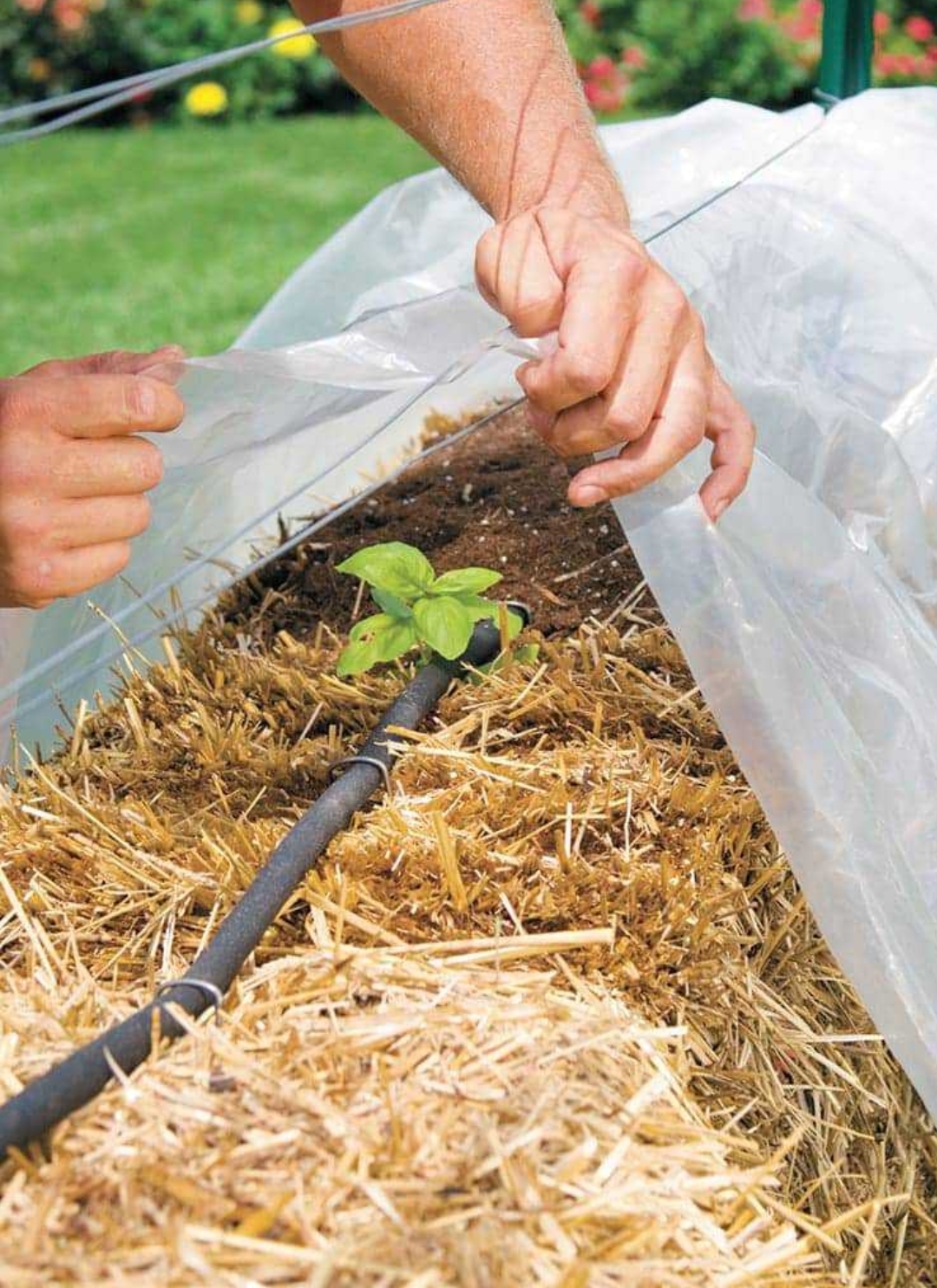Natural Heat Generation
As straw bales decompose, they generate consistent, gentle heat that warms the root zone. This biological heating system keeps plants active and productive when traditional gardens go dormant.
- Root zone stays 10-15°F warmer than soil
- Frost protection for plants
- Earlier spring planting by 4-6 weeks
- Fall harvest extends into November
- Some crops survive mild winter conditions


Cold Climate Advantages
In northern climates where the growing season is traditionally short, straw bales can add 2-3 months of productive time. The elevated position and internal heat help plants survive unexpected frosts.
Many gardeners report harvesting tomatoes, peppers, and greens well into November, even after ground frost has killed traditional gardens.